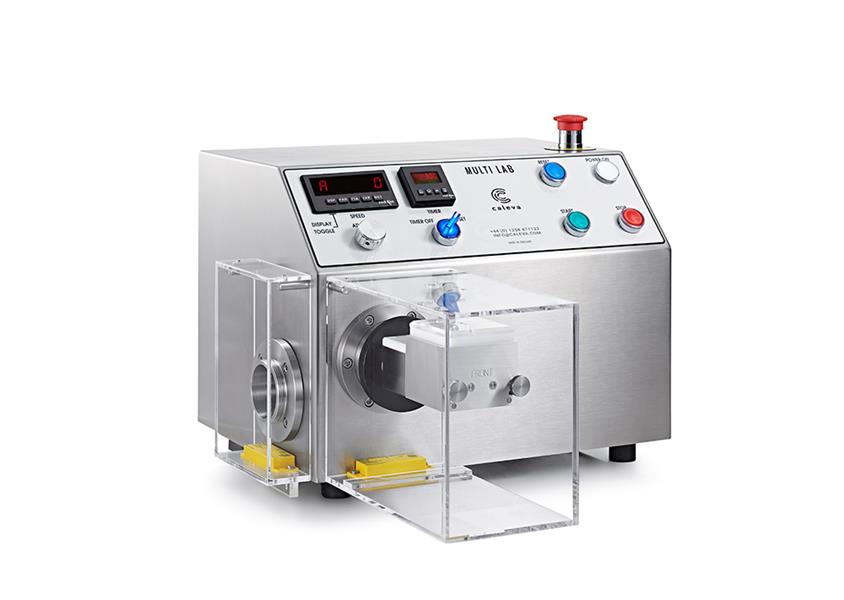PCATALOG
A Novel Application of an Effervescent Agent in Naproxen Liqui-Pellets for Enhanced Drug Release
Pubdate:2023-06-25 Click:605
Matthew Lam* and Ali Nokhodchi
Pharmaceutics Research Laboratory, School of Life Sciences, University of Sussex, Brighton, UK.
KEYWORDS: Liqui-Pellet, Liqui-Mass system, liquisolid, effervescent agent, dissolution enhancement
CONCLUSION: This study proved that it is feasible to embed an effervescent agent into LP formulation, whilst obtaining excellent or good flow property and yet keeping the overall dosage form small and light enough for swallowing. The incorporation of 42% NaHCO3 in the formulation made the total weight of each capsule unit containing LPs to be only 231 mg. This would have been very difficult or near impossible to achieve with liquisolid technology, particularly in a high-dose drug, where a high liquid load factor would result in a heavy and bulky formulation due to increase carrier and coating material being required, let alone the addition of functional excipients. The dissolution test results show a considerable increase in the drug release rate with NaHCO3, where such formulations are around 14 times faster than a physical mixture pellet after 2 hours. As NaHCO3 concentration increases, so does the drug release rate; however, there is a limit to how much NaHCO3 can be added before its influence on the drug release rate lessens. Therefore, it is imperative to know this limit to balance the weight of capsule and drug release performance into an ideal dosage form. The data from this investigation verifies that the effervescent LP can achieve good robustness and excellent or good flow properties with narrow particle size distribution. Overall, the results support the potential for taking the concept of a liquid API in a solid matrix dosage form in a commercial direction. Future study will include investigating the feasibility of effervescent LPs in high-dose formulation.


